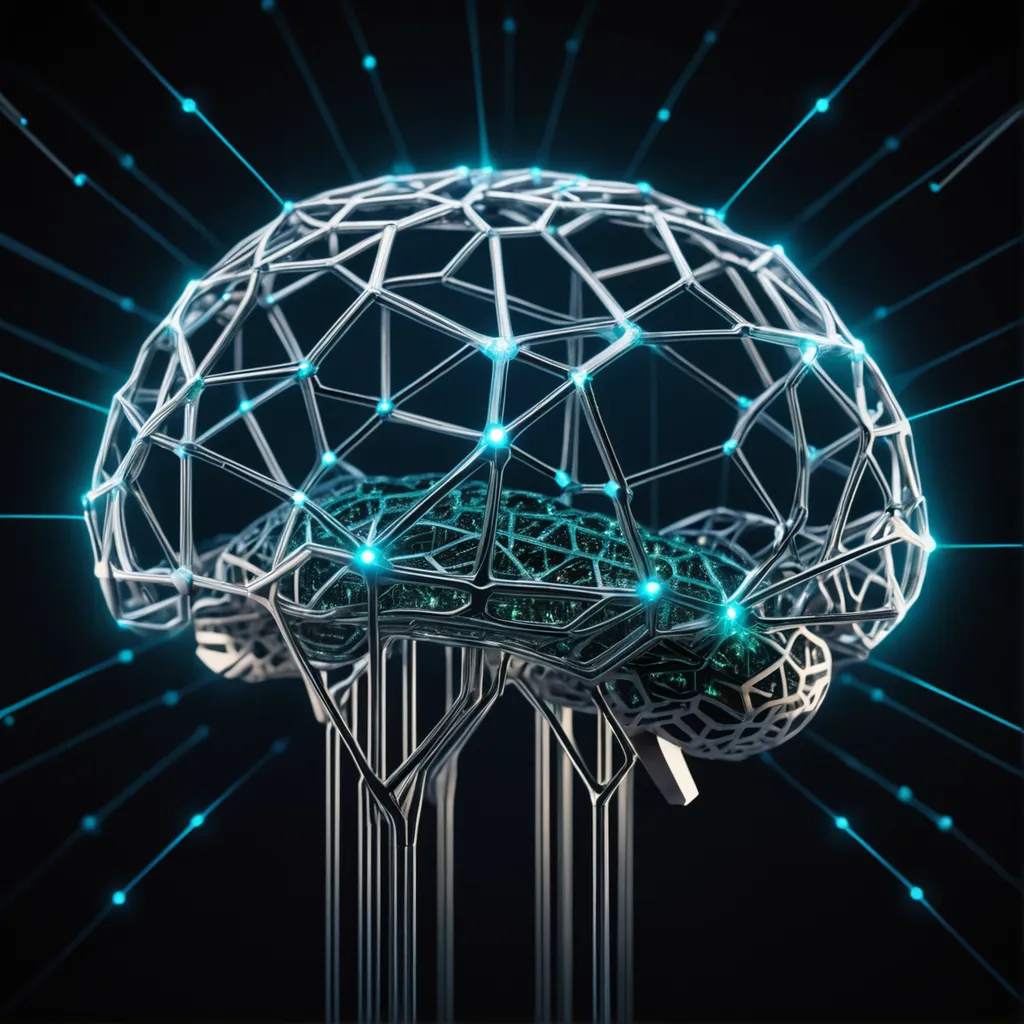Blockchain Bias Stifles Decentralized AI: Experts Push Change
Why is blockchain obsession hindering decentralized AI innovation in Web3?
What alternative approaches are being overlooked due to blockchain dominance in Web3 AI projects?
How are industry experts pushing for change in the Web3 AI landscape?

- Web3 AI projects face barriers from blockchain-first funding models.
- New calls for decentralized AI to shift beyond blockchain limitations.
On August 9, 2025, Cointelegraph reported that a key issue throttling decentralized AI innovation is the ecosystem's reliance on blockchain integration for funding, according to Samuel Mandebrot, a machine learning researcher at the University of Cambridge. He explained that this "blockchain-first" mindset shifts focus from optimal technical solutions to ecosystem compatibility, which hampers innovation in the decentralized AI sector.
According to Mandebrot, people often falsely equate decentralized AI with blockchain-based AI. This misconception prompts projects to adopt blockchain infrastructure primarily to tap into the Web3 ecosystem's capital and resources. However, this approach often introduces unnecessary latency, cost, and complexity while also diverting attention from more effective architectures that better align with the specific goals of decentralized AI.
Mandebrot challenged the prevailing belief that blockchain is an indispensable foundation for decentralized systems. He stressed that projects can achieve core Web3 principles—such as trustlessness, verifiability, and user ownership—without blockchain technology. He pointed to examples like BitTorrent and Tor, along with techniques like federated learning, which demonstrate that decentralized systems can thrive without relying on token-based or blockchain frameworks.
To address this blockchain-centric mindset, Mandebrot advocated for "technological pluralism." He proposed that developers should treat blockchain as just one tool in a broader technological arsenal, not an automatic choice. Furthermore, he argued that decentralized AI projects should secure support based on their innovative merits, not on their compatibility with blockchain infrastructure.
Mandebrot also highlighted case studies that showcase selective blockchain applications. For instance, Numerai uses blockchain to manage model stakes and reward its data scientists, and the Render Network employs tokens to facilitate payments within its decentralized computing marketplace. These examples illustrate that when applied discerningly, blockchain can amplify decentralized AI instead of constraining its development.
Mandebrot concluded that the Web3 ecosystem must transcend its blockchain-first paradigm for decentralized AI to emerge as a credible alternative to centralized systems. He urged projects to adopt architectures tailored to their individual needs and technical goals, stating that doing so will unlock greater potential for innovation within the space.
According to market data on August 9, Render (RENDER) was trading at $7.84, and its 24-hour trading volume had increased by 4.84%.
Get real-time crypto breaking news on Unblock Media Telegram! (Click)
Recommended News
Aave Vote Divides DAO Amid Founder’s $10M Token Move

Oracle Faces $300 Billion Gamble: AI Costs and Delays Spark Investor Anxiety

Broadcom’s 180% Rally Faces AI-Earnings Test

BlackRock Files for Staked Ethereum ETF Amid $11B Crypto Push

Wingtech Faces $8B Dispute Amid AI Chip Crisis






